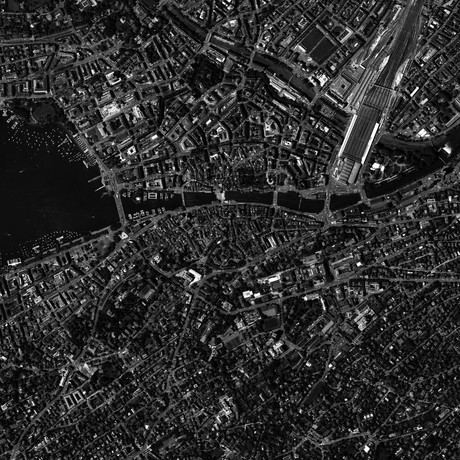Resilience in a changing world

Resilience is about more than simply the avoidance of risk; rather, it is about using smart strategies to help prevent risks from unfolding and about how we can aim to optimise infrastructure to help make cities more successful.
Success can mean different things, but successful cities all provide a nurturing environment for their residents to lead healthy, productive and prosperous lives. In the future, this is going to become increasingly challenging as a result of climate change and other risks. Where to, then, for a forward-looking city?
Resilient infrastructure
Infrastructure designed with resilience in mind is better able to cope with shock events, such as extreme weather. Effective risk management helps us to prepare for predictable events and disruptions we’ve experienced in the past, such as coastal flooding from climate change-induced sea-level rise. However, we need to ensure that our infrastructure will continue delivering its services no matter what happens in future. Most infrastructure we are currently building will need to support community livability and economic success for the next 50–100 years.
No one can predict the social, economic or environmental disruptions and context in which infrastructure will need to provide this support — planners and designers 50 years ago couldn’t have predicted that infrastructure today needs to cope with extremist acts, enable internet connectivity or support our transition to a zero-carbon future.
Ensuring that flexibility and robustness are core design principles, whilst always and tenaciously seeking to deliver co-benefits to communities, will help infrastructure cope no matter what disruptions the future holds, whilst supporting our cities to thrive each and every day. Delivering these ‘resilience dividends’ to communities, now and across the design life of infrastructure, is the benefit of us taking this leap from risk-aware to resilient infrastructure.
It is always more cost-effective to design in elements (which often have only a marginal extra cost) that provide flexible use at the beginning of the design process than to retrofit complex infrastructure with needed changes later. For example, roads are being designed in open space-starved Jakarta to enable their adaptive use on weekends as community open space, which would be far more expensive post construction.
Resilient communities
In addition to being more resilient itself, infrastructure must better support the resilience of the communities it serves. Single-purpose, expensive infrastructure passing through communities with complex, multiple needs misses enormous opportunities to optimise scarce capital funding and lift communities above their challenges. At its worst, such infrastructure can solve one problem (eg, traffic congestion) whilst exacerbating others (eg, dissecting communities and discouraging active transport). These opportunities can be captured, and issues avoided, by applying a resilience lens to infrastructure projects early in their planning.
For example, it is likely to be necessary in future to provide emergency shelter for people during extreme heat events — we narrowly avoided a public health disaster in Melbourne in the days leading up to Black Saturday in 2009. This second use could be facilitated with some inexpensive design changes to the Melbourne Metro tunnel. Additionally, the tunnel could generate revenue by leasing space for trunk infrastructure (eg, sewerage and water lines).
Furthermore, our mobility infrastructure can be better designed to facilitate community interaction, with our road and rail corridors being adapted to serve as shaded cycleways and pedestrian lanes, thereby providing co-benefits (ie, enhanced physical activity, community interaction and alternative mobility options).
Another example would be preserving a fuel corridor now to the future Western Sydney Airport, which could provide other uses, such as housing water pipes and electricity/fibre-optic cables, and providing above-ground parklands and cycleways. This would lead to efficiencies in construction and thousands fewer truck movements through residential areas. Failure to preserve such a corridor would lead to greatly elevated cost in the future if such a corridor is deemed necessary when land values are higher.
Finally, barriers (eg, waterways, motorways, etc) that separate groups of people from one another reduce social cohesion, so design and proper planning is needed in these cases to find ways around these impediments and to promote interaction.
Conclusion
We don’t know what the future holds, but we do know that resilient communities — well connected, healthy, empowered and socially cohesive — are better able to cope with shock events, whilst being much nicer to live in. We have many opportunities to improve livability by making smart decisions about multi-use infrastructure, but only if we act early and consider resilience from every angle.

Net zero or 1.2 million homes: trade-off or win-win?
The housing accord's ambitious goal of building 1.2 million homes by June 2029 could impact...
How mandatory climate reporting is raising the bar for corporate leadership
The shift towards mandatory climate-related financial disclosures is transforming how...
Discovery improves silicon solar efficiency
UNSW researchers are working towards a new generation of solar technology that could make...








